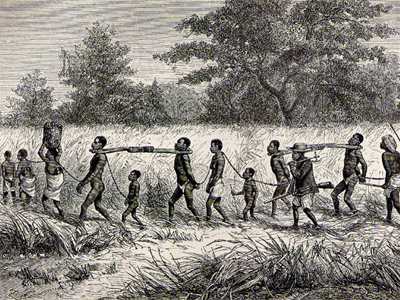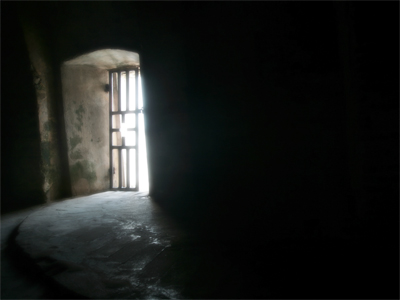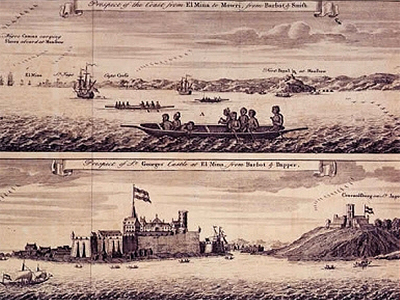
|
|
Capture & Enslavement
"Previous to my being in this employ, I entertained a belief that the kings and principal men [in Africa] breed Negroes for sale as we do cattle. All the information I could procure confirms me in the belief that to kidnapping, the trade owes its key support.
"
Alexander Falconbridge
|
Background
In the 18th century, the majority of Africans sold into the Transatlantic Slave Trade had been kidnapped; the remainder were prisoners of war or victims of political or judicial punishment. The trade in humans caused great political instability and social chaos; people witnessed the kidnapping process and learned it, and then they too kidnapped people and sold them as enslaved persons. It was a vicious cycle that increased the size of the trade.
|
 Captured Africans being force marched to the coast for sale to Europeans
© Anti-Slavery International
|
|
Thomas Clarkson went to Africa to see for himself how this process was facilitated, and its effects –
"October 19th 1797: inquiring today of a negro lad, how he came into the situation of a slave, he informed me that he had been stolen from his parents in the interior country of Cape Rouge [Liberia] that the inhabitants of the shore usually came up in bodies for this purpose and that they unfortunately met with him and brought him to Goree in company with others whom they had taken in the same manner."
|
 Door of no return (Elmina Castle)
©Pete Pattisson www.petepattisson.com
|
|
Raids and attacks on villages were instigated for the same purpose. "I was told by the natives", Clarkson also wrote, "that they intended to attack a village on the third night. I asked them if the inhabitants had done them any injury. They replied no, but that there were a considerable number of fine stout men belonging to it who were good for trade. This was their only reason."
|
 View of the Coast and Elmina Castle
©British Library
|
Narratives from the Collection
An Account of Slave Trade on the Coast of Africa
From Clarkson’s journal during his tour to Africa
Sailors’ Accounts
An abstract of the evidence delivered before a select committee of the House of Commons in the years 1790 and 1791, on the part of the petitioners for the abolition of the slave trade
Substance of the report delivered by the court of directors of the Sierra Leone company to the general court of proprietors on Thursday 24th March 1794
|
Test Your Knowledge
|

